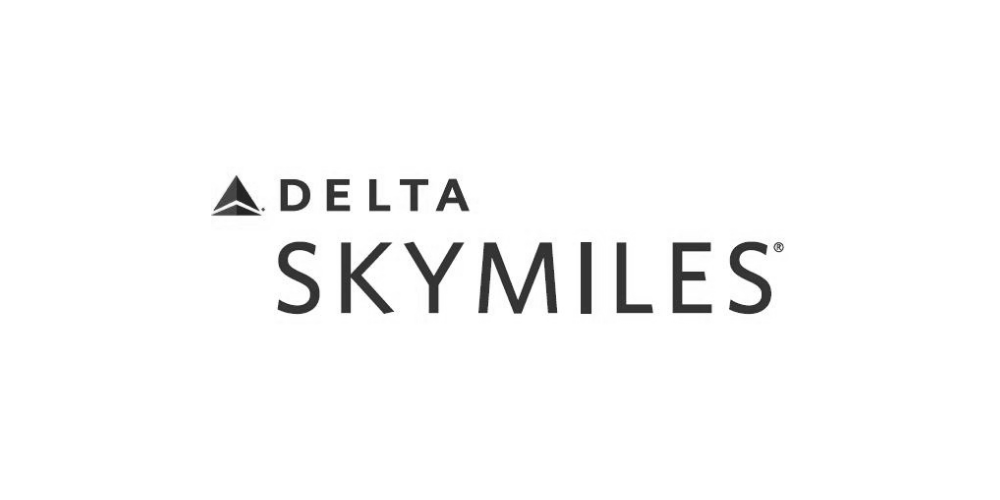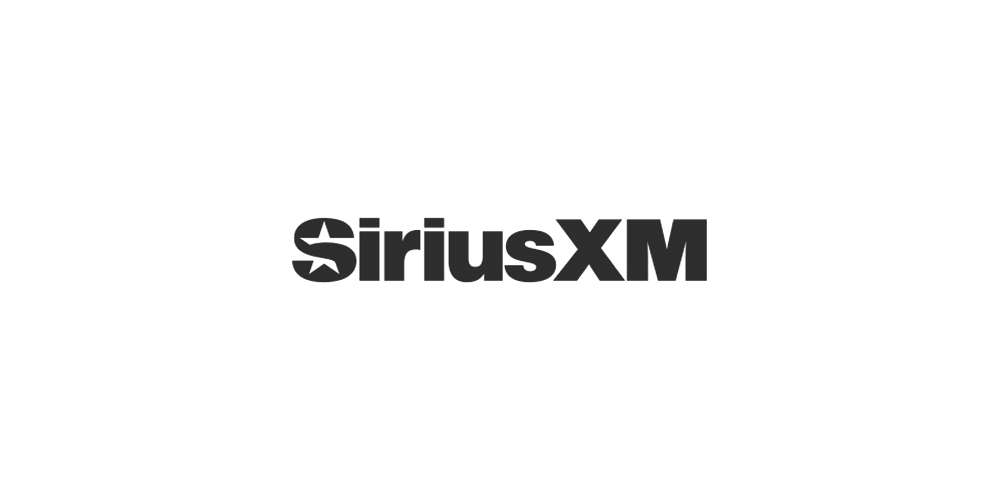Loyalty programs have long been a staple of customer retention for major brands. However, many suffer from lack of usage, resulting in billions of dollars in lost value from unused points and frustrated customers.
Web3 technologies like NFTs and tokenization are beginning to potentially disrupt traditional loyalty by putting control back in the hands of consumers. But how is this shift towards open ecosystems unlocking new value and aligning with the rise of Experiences Loyalty Marketplaces? Here’s how we see it.
The problem with closed loop
In traditional (Web2) loyalty programs, brands issue proprietary points or miles that lock users into their ecosystem. These closed loops mean accrued assets (points/miles) cannot be easily transferred between programs or used for redemption freely outside the closed loop. Additionally, unused points expire, causing significant frustration to the loyalty Member; and it can take significant time and effort to gain sufficient rewards to redeem for anything of value.
The promise of liquid loyalty
Web3 will eventually allow loyalty points to become liquid. Points that are associated to NFTs or fungible tokens can represent accrued value and be traded on open Marketplaces. Points aggregated across brands could then be exchanged frictionlessly thanks to interoperability.
Unlocking value for customers and brands
This unbundling unlocks value for both consumers and brands. Customers gain flexibility in redeeming points how and when they choose. Point/Mile NFTs open up new redemption possibilities through partnerships. Brands create new revenue streams via increased redemptions outside the closed loop, possible NFT sales and secondary royalties. They also gain rich data and engagement with customers.
Integration with experiences Marketplaces
Importantly, tokenized loyalty aligns with the rise of Experience Loyalty Marketplaces. These platforms allow booking across multiple events, tours, hotels and more. Customers want flexibility in redeeming their points across these categories.
Tokenization offers up the possibility of moving from closed reward systems,where all redemption opportunities are tightly controlled by the Marketplace Operator to an open reward system, where redemption opportunities are everywhere, and the control lies with the rewards member.
Here are a few real-world examples of brands exploring loyalty programs using Web3 and blockchain technology:
- Singapore Airlines launched KrisFlyer loyalty points on a blockchain-based digital wallet. Members can instantly transfer points to other members, convert points to airline miles with partner airlines, and spend points on everyday purchases.
- Last year, Starbucks launched Starbucks Odyssey, a new experience powered by Web3 technology that offers Starbucks Rewards members and Starbucks partners (employees) in the United States the opportunity to earn and purchase digital collectible assets that unlock access to new benefits and immersive coffee experiences.
- Budweiser issued collector NFT cans unlocking VIP experiences, metaverse access, and other membership perks for owners. The NFTs create shared loyalty and identity for brand fans.
Overcoming adoption challenges
Challenges remain in making blockchain loyalty seamless for mainstream adoption. However, the value unlocked could be significant. With just a fraction of the billions of dollars stored in US loyalty programs currently being used each year, migrating even a fraction of this to fluid digital assets in an open rewards system would generate outsized economic activity.
The path forward
Brands should be able to embrace open ecosystems to create next-gen loyalty programs. While still nascent, Web3 could pave the way for mutually beneficial value creation and alignment with experiential commerce. The opportunities for creativity and connection are endless. Commerce Dynamics remains on the pulse of change Web 2 or Web 3!







